Premium Only Content
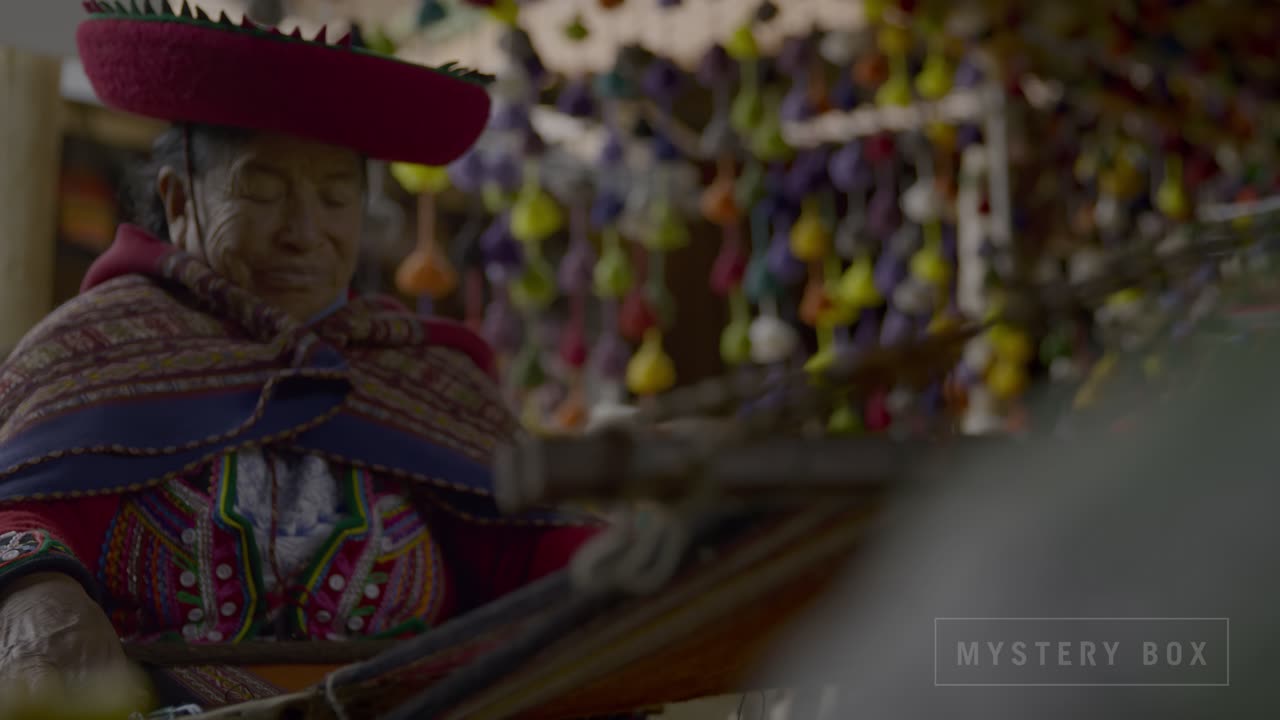
Peru Video Footage
Peru (/pəˈruː/ ⓘ pə-ROO; Spanish: Perú [peˈɾu]; Quechua: Piruw [pɪɾʊw];[8] Aymara: Piruw [pɪɾʊw]), officially the Republic of Peru (Spanish: República del Perúⓘ), is a country in western South America. It is bordered in the north by Ecuador and Colombia, in the east by Brazil, in the southeast by Bolivia, in the south by Chile, and in the south and west by the Pacific Ocean. Peru is a megadiverse country with habitats ranging from the arid plains of the Pacific coastal region in the west to the peaks of the Andes mountains extending from the north to the southeast of the country to the tropical Amazon basin rainforest in the east with the Amazon River.[9] Peru has a population of over 32 million, and its capital and largest city is Lima. At 1,285,216 km2 (496,225 sq mi), Peru is the 19th largest country in the world, and the third largest in South America.
Peruvian territory was home to several cultures during the ancient and medieval periods, and has one of the longest histories of civilization of any country, tracing its heritage back to the 10th millennium BCE. Notable pre-colonial cultures and civilizations include the Caral-Supe civilization (the earliest civilization in the Americas and considered one of the cradles of civilization), the Nazca culture, the Wari and Tiwanaku empires, the Kingdom of Cusco, and the Inca Empire, the largest known state in the pre-Columbian Americas. The Spanish Empire conquered the region in the 16th century and Charles V established a viceroyalty with the official name of the Kingdom of Peru that encompassed most of its South American territories, with its capital in Lima. Higher education started in the Americas with the official establishment of the National University of San Marcos in Lima in 1551.
Peru formally proclaimed independence in 1821, and following the foreign military campaigns of José de San Martín and Simón Bolívar, and the decisive battle of Ayacucho, Peru completed its independence in 1824. In the ensuing years, the country first suffered from political instability until a period of relative economic and political stability began due to the exploitation of guano that ended with the War of the Pacific (1879–1884). Throughout the 20th century, Peru grappled with political and social instability, including the internal conflict between the state and guerrilla groups, interspersed with periods of economic growth. Implementation of Plan Verde[10][11] shifted Peru towards neoliberal economics under the authoritarian rule of Alberto Fujimori and Vladimiro Montesinos in the 1990s, with the former's political ideology of Fujimorism leaving a lasting imprint on the country's governance that continues to present day.[12][13] The 2000s marked economic expansion and poverty reduction, but the subsequent decade revealed long-existing sociopolitical vulnerabilities, exacerbated by a political crisis instigated by Congress and the COVID-19 pandemic, precipitating the period of unrest beginning in 2022.[14]
The sovereign state of Peru is a representative democratic republic divided into 25 regions. Its main economic activities include mining, manufacturing, agriculture and fishing, along with other growing sectors such as telecommunications and biotechnology.[15] The country forms part of The Pacific Pumas, a political and economic grouping of countries along Latin America's Pacific coast that share common trends of positive growth, stable macroeconomic foundations, improved governance and an openness to global integration. Peru ranks high in social freedom;[16] it is an active member of the Asia-Pacific Economic Cooperation, the Pacific Alliance, the Comprehensive and Progressive Agreement for Trans-Pacific Partnership and the World Trade Organization; and is considered as a middle power.[17]
Peru has a population that includes Mestizos, Amerindians, Europeans, Africans and Asians. The main spoken language is Spanish, although a significant number of Peruvians speak Quechuan languages, Aymara, or other Indigenous languages. This mixture of cultural traditions has resulted in a wide diversity of expressions in fields such as art, cuisine, literature, and music.
Etymology
The name of the country may be derived from Birú, the name of a local ruler who lived near the Bay of San Miguel, Panama City, in the early 16th century.[18] Spanish conquistadors, who arrived in 1522, believed this was the southernmost part of the New World.[19] When Francisco Pizarro invaded the regions farther south, they came to be designated Birú or Perú.[20]
An alternative history is provided by the contemporary writer Inca Garcilaso de la Vega, son of an Inca princess and a conquistador. He said the name Birú was that of a common Amerindian who was happened upon by the crew of a ship on an exploratory mission for governor Pedro Arias Dávila and went on to relate more instances of misunderstandings due to the lack of a common language.[21]
The Spanish Crown gave the name legal status with the 1529 Capitulación de Toledo, which designated the newly encountered Inca Empire as the province of Peru.[22] In 1561, the rebel Lope de Aguirre declared himself the "Prince" of an independent Peru, which was cut short by his arrest and execution. Under Spanish rule, the country adopted the denomination Viceroyalty of Peru, which became the Peruvian Republic from its independence until 1979, when it adopted its current name of Republic of Peru.[23]
History
Main article: History of Peru
See also: Periodization of pre-Columbian Peru, Agricultural history of Peru, and Economic history of Peru
Prehistory and Pre-Columbian Peru
Main articles: Pre-Columbian Peru and Andean civilizations
Remains of a Caral/Norte Chico pyramid in the arid Supe Valley
The earliest evidences of human presence in Peruvian territory have been dated to approximately 12,500 BCE in the Huaca Prieta settlement.[24] Andean societies were based on agriculture, using techniques such as irrigation and terracing; camelid husbandry and fishing were also important. Organization relied on reciprocity and redistribution because these societies had no notion of market or money.[25] The oldest known complex society in Peru, the Caral/Norte Chico civilization, flourished along the coast of the Pacific Ocean between 3,000 and 1,800 BCE.[26] These early developments were followed by archaeological cultures that developed mostly around the coastal and Andean regions throughout Peru. The Cupisnique culture which flourished from around 1000 to 200 BCE[27] along what is now Peru's Pacific coast was an example of early pre-Inca culture.
Moche earrings depicting warriors, made of turquoise and gold (1–800 CE)
The Chavín culture that developed from 1500 to 300 BCE was probably more of a religious than a political phenomenon, with their religious center in Chavín de Huantar.[28] After the decline of the Chavin culture around the beginning of the 1st century CE, a series of localized and specialized cultures rose and fell, both on the coast and in the highlands, during the next thousand years. On the coast, these included the civilizations of the Paracas, Nazca, Wari, and the more outstanding Chimu and Moche.
The Moche, who reached their apogee in the first millennium CE, were renowned for their irrigation system which fertilized their arid terrain, their sophisticated ceramic pottery, their lofty buildings, and clever metalwork.[29] The Chimu were the great city builders of pre-Inca civilization; as a loose confederation of walled cities scattered along the coast of northern Peru, the Chimu flourished from about 1140 to 1450.[30] Their capital was at Chan Chan outside of modern-day Trujillo.[30] In the highlands, both the Tiahuanaco culture, near Lake Titicaca in both Peru and Bolivia,[31] and the Wari culture, near the present-day city of Ayacucho, developed large urban settlements and wide-ranging state systems between 500 and 1000 CE.[32]
The citadel of Machu Picchu, an iconic symbol of pre-Columbian Peru
In the 15th century, the Incas emerged as a powerful state which, in the span of a century, formed the largest empire in the pre-Columbian Americas with their capital in Cusco.[33] The Incas of Cusco originally represented one of the small and relatively minor ethnic groups, the Quechuas. Gradually, as early as the thirteenth century, they began to expand and incorporate their neighbors. Inca expansion was slow until about the middle of the fifteenth century, when the pace of conquest began to accelerate, particularly under the rule of the emperor Pachacuti.[34] Under his rule and that of his son, Topa Inca Yupanqui, the Incas came to control most of the Andean region, with a population of 9 to 16 million inhabitants under their rule. Pachacuti also promulgated a comprehensive code of laws to govern his far-flung empire, while consolidating his absolute temporal and spiritual authority as the God of the Sun who ruled from a magnificently rebuilt Cusco.[35] From 1438 to 1533, the Incas used a variety of methods, from conquest to peaceful assimilation, to incorporate a large portion of western South America, centered on the Andean mountain ranges, from southern Colombia to northern Chile, between the Pacific Ocean in the west and the Amazon rainforest in the east. The official language of the empire was Quechua,[36] although hundreds of local languages and dialects were spoken. The Inca referred to their empire as Tawantinsuyu which can be translated as "The Four Regions" or "The Four United Provinces." Many local forms of worship persisted in the empire, most of them concerning local sacred Huacas, but the Inca leadership encouraged the worship of Inti, the sun god and imposed its sovereignty above other cults such as that of Pachamama.[37] The Incas considered their King, the Sapa Inca, to be the "child of the sun.
-
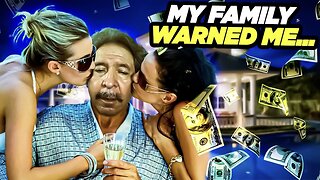 23:28
23:28
CatfishedOnline
22 hours agoVictim Finds Out Both His Internet Girlfriends Are Romance Scammers!
4.45K5 -
 23:47
23:47
Fit'n Fire
19 hours ago $0.61 earnedThe Truth About the *NEW* Springfield Kuna | First 300+ Rounds
5.48K3 -
 21:48
21:48
JasminLaine
18 hours agoRoom Goes DEAD SILENT After Poilievre RIPS Into Mark Carney—Even CBC Can't Defend Him
4.81K12 -
 1:47:36
1:47:36
TheDozenPodcast
19 hours agoThe Islamic threat people are too FRIGHTENED to discuss: Bob of Speakers’ Corner speaks out
4.78K3 -
 9:54
9:54
GBGunsRumble
12 hours agoOsight S and Osight X Introduction
4.15K3 -
 29:17
29:17
The Why Files
15 hours agoSTRIPPED: Proving the Afterlife | The Scole Experiments
46.1K34 -
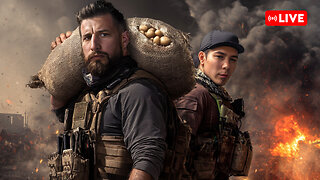 8:00:00
8:00:00
SpartakusLIVE
13 hours agoDuos w/ Oakboi || The Ultimate WZ Taterfarm
57.3K1 -
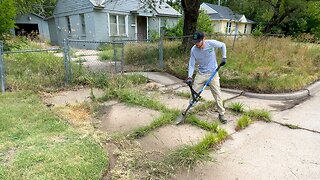 28:36
28:36
SB Mowing
2 days agoShe Couldn’t AFFORD to Keep It Clean Anymore, So I Stepped In
36.2K18 -
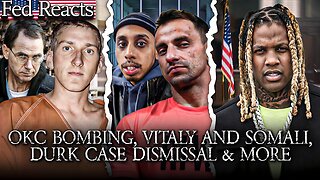 7:54:04
7:54:04
MyronGainesX
22 hours ago $37.31 earnedOKC Bombing 30 Years Later, Vitaly And Somali Trouble, Durk Case Dissmissal, And MORE!
159K33 -
 1:26:34
1:26:34
Iggy Azalea
9 hours ago $11.10 earnedGambling on my casino cause and you know you love it
66.7K28